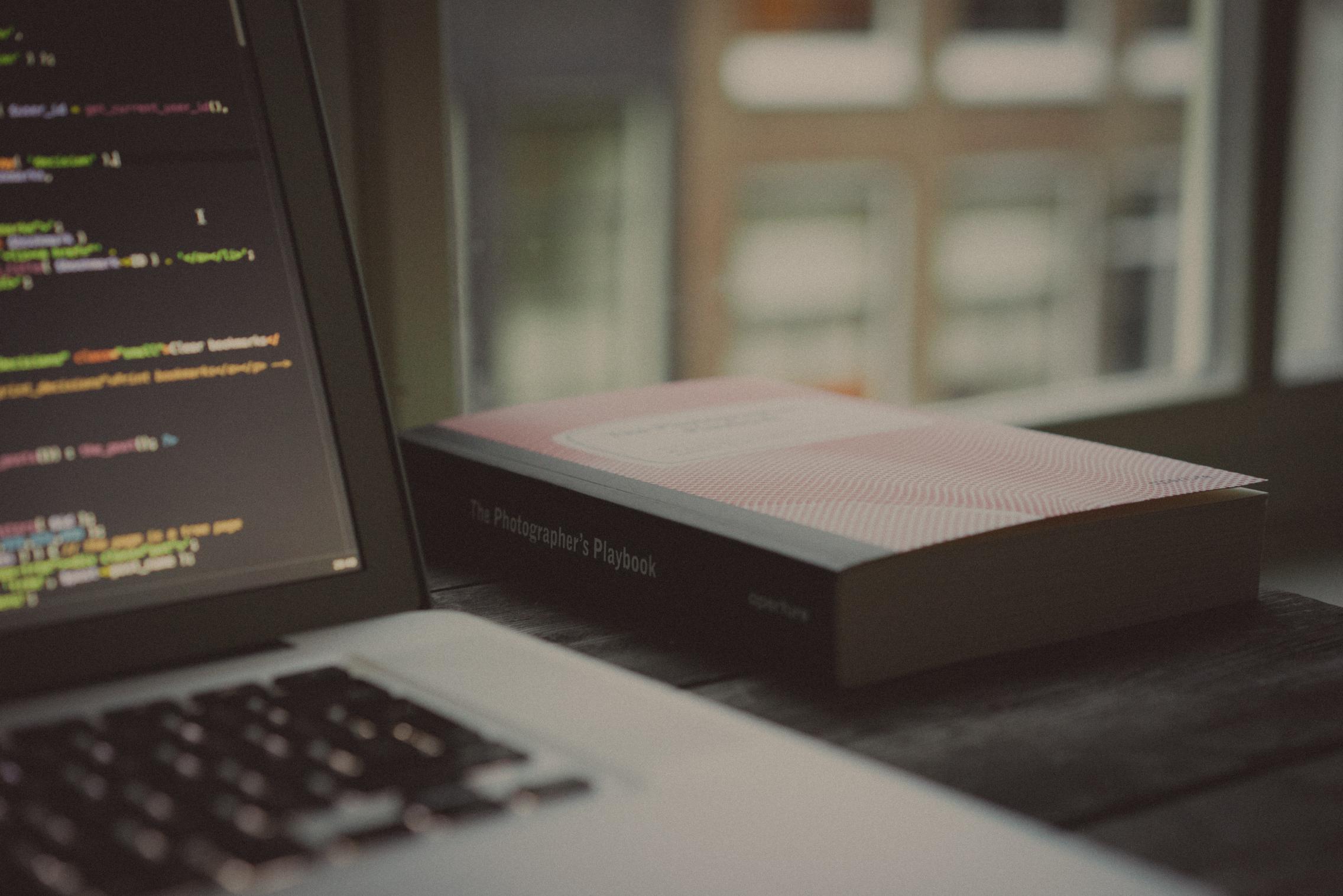Mixed Cohort Learning

Technology is now very much a part of the teaching and learning landscape, but most would agree that it should not be the driving force in designing a sequence of learning. Pedagogy always comes first, and indeed, often we aspire to use technology in a way where it becomes invisible in enhancing the learning environment. But what about mixed cohort learning? Surely the technology is driving this a lot more than the pedagogy?
Technology definitely plays a part in influencing the running of the mixed cohort learning sequence, but not the design of that sequence. This is because the room is going to be set up in pods, so that for all intents and purposes the remote students are effectively sitting at the table with the face-to-face students; their zoomed in faces displayed as normal size on the screen at the end of the pod. Yes, there is some technology to negotiate for the tutor to become comfortable in engaging the remote students in the normal tutorial activities, but there is going to be a lot of support and guidance for tutors to become skilled in these processes so they can be automatized. The result will be that pedagogy then drives learning.
Below is a suggested sequence of events to follow to ensure that the mixed cohort experience results in the tutorial’s expected learning outcomes. Most of it you will notice relates to any learning context, but there are some specific aspects worth noting.
The sequence is in 3 distinct stages: preparing students for learning; delivery and engagement; continuous evaluation.
Preparing students for learning
Metacognition – explain the learning space. Explicitly explain to students that the intent is for the remote students to seamlessly interact and engage with the face to face students, and that the pedagogies of collaboration and active learning incorporating both contexts will enhance their learning of the topics related to the tutorial.
Rules of engagement – expectations for participation. It’s important to be sensitive to the remote students’ contexts, but it is vital that you set high expectations for professional behaviour in how remote and face to face students should participate in the session.
- The default should be that cameras are turned on because people naturally engage more with a face than a black screen – offer advice on how to blur backgrounds etc to avoid embarrassment being a cause of ‘black screens’. Explain expectations if camera can’t be turned on: photo screenshot; using the chat/audio to engage.
- Explain how the chat function will be used and monitored.
Delivery and engagement
Awareness – probably the largest challenge may be to distribute your attention equally between both contexts because it’s natural to devote more attention to those who are face to face (another reason to have cameras on). Setting your teaching space up so you can easily see the remote faces on a larger screen will help, and using good questioning techniques will ensure that you engage remote students.
Modelling – tutorials can be a great place for students to practise problem solving and to address misconceptions. Talking your way through a problem helps students to recognise ways of thinking and patterns of thought, and to create mental models in their schema, all of which encourage a successful learning environment. Also model how you expect students to interact with others in the session in terms of providing constructive criticism, being ready to respond at any time, how to share their learning, and how to work as a team.

Checking for learning – continuously checking (and not assuming) students are progressing is vital. A recall quiz at the beginning of the session primes students for the new learning, activates their schema to properly engage, and gives you a good indication of their level of competency straight away. Checking how students are coping with problems can be achieved by establishing shared documents where you can see progress and advise where necessary.
Discussions – placing students into groups to discuss and work on problems collaboratively is an effective pedagogy if students know what is expected of them and are well versed in what makes group work successful.
Provide clear instructions BEFORE students go off into groups, and pop in when tasks are underway to check on progress and prompt higher order thinking.
Sharing - seeing others’ work and thoughts encourages evaluation of current understanding, helps students ‘see’ if they are on track or need to adjust and encourages the remote students to interact with the face to face. It also sparks ideas and creative application of content, and so providing a space where students can share their thoughts is good practice. Google docs, Padlet, Mentimeter, GoFormative or something similar can provide such a space.
Continuous evaluation
Asking for feedback – teaching in mixed cohort contexts is relatively new to the University of Adelaide, and so reflecting on the experience is essential in order for the teaching and learning space to become successful. Ask students how it is going and act on useful suggestions. Remember, be sure to get feedback from both sets of students.
As with students sharing their thinking, feeding back your experiences to others who are also teaching in the space will assist everyone to better inform their practice using this approach.
PILOT
There is a pilot being run for the use of this type of learning in Semester 2 into two Common Teaching Areas, Hughes 322 and Hughes 323, with equitable access to all faculties. If you want to find out more about it all, check out the LEI information page here.
Paul Moss, Learning Design and Capability Manager, LEI
